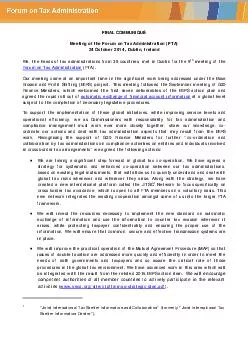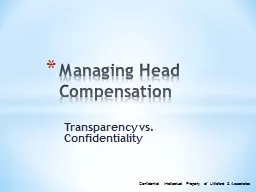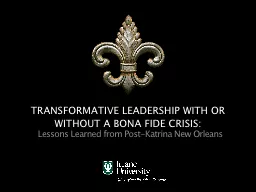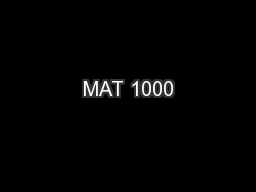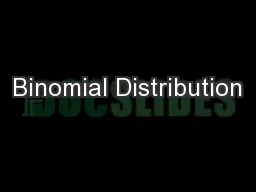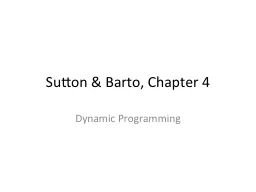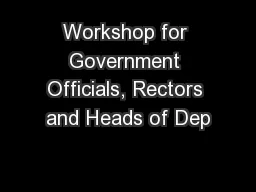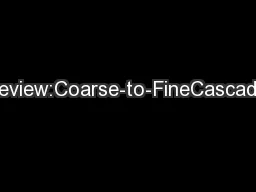PPT-Department Heads Meeting
Author : trish-goza | Published Date : 2018-10-29
June 16 2011 David B MacFarlane Topics Safety stand down Slides available for department meeting before end of next week PPAAdvisory Committee feedback May 56
Presentation Embed Code
Download Presentation
Download Presentation The PPT/PDF document "Department Heads Meeting" is the property of its rightful owner. Permission is granted to download and print the materials on this website for personal, non-commercial use only, and to display it on your personal computer provided you do not modify the materials and that you retain all copyright notices contained in the materials. By downloading content from our website, you accept the terms of this agreement.
Department Heads Meeting: Transcript
Download Rules Of Document
"Department Heads Meeting"The content belongs to its owner. You may download and print it for personal use, without modification, and keep all copyright notices. By downloading, you agree to these terms.
Related Documents


